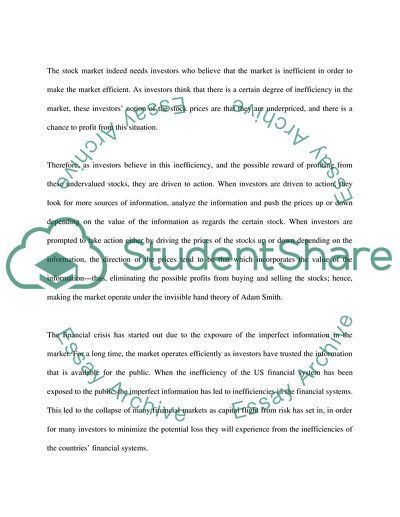Cite this document
(“Economic for Managers Essay Example | Topics and Well Written Essays - 2500 words”, n.d.)
Economic for Managers Essay Example | Topics and Well Written Essays - 2500 words. Retrieved from https://studentshare.org/miscellaneous/1550984-economic-for-managers
Economic for Managers Essay Example | Topics and Well Written Essays - 2500 words. Retrieved from https://studentshare.org/miscellaneous/1550984-economic-for-managers
(Economic for Managers Essay Example | Topics and Well Written Essays - 2500 Words)
Economic for Managers Essay Example | Topics and Well Written Essays - 2500 Words. https://studentshare.org/miscellaneous/1550984-economic-for-managers.
Economic for Managers Essay Example | Topics and Well Written Essays - 2500 Words. https://studentshare.org/miscellaneous/1550984-economic-for-managers.
“Economic for Managers Essay Example | Topics and Well Written Essays - 2500 Words”, n.d. https://studentshare.org/miscellaneous/1550984-economic-for-managers.


